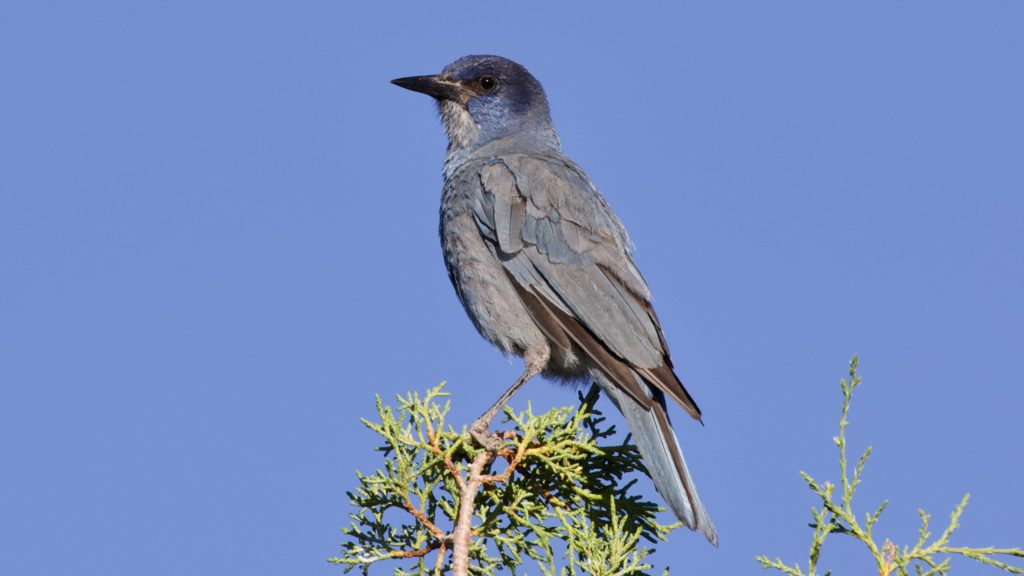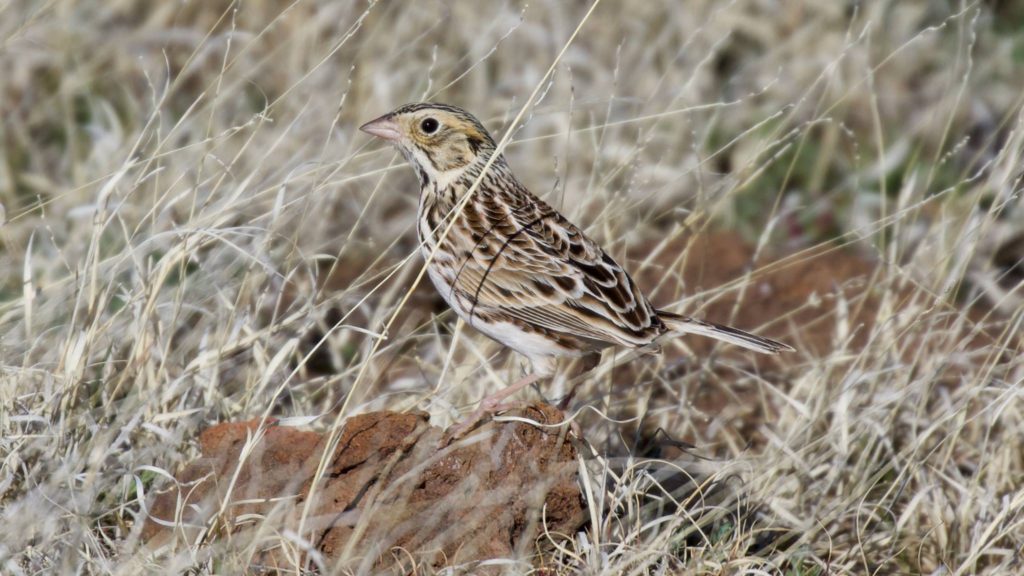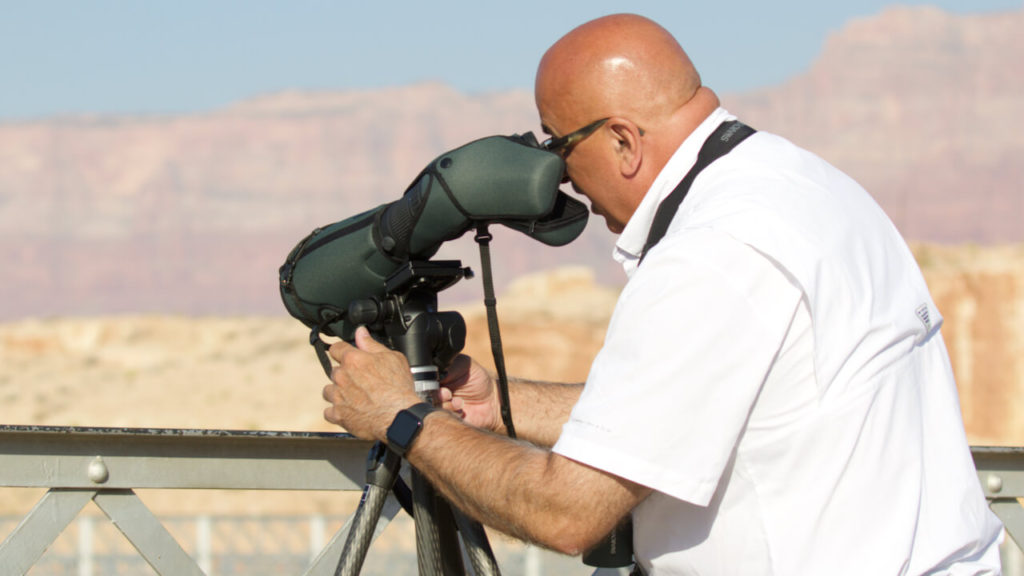FAQ
ANSWERS TO your QUESTIONS
Planning a birding trip can have a lot of unknown variables. This guide to frequently asked questions will help with the process. Please ask us if you need further clarification or if your question isn’t here.
Where do I go?
Arizona is a big state with an astonishing diversity of biogeographic regions within its borders. Each region hosts its own suite of specialty birds often containing multiple species that aren’t readily found elsewhere in the state. Take a look at our locations page to get an idea of which regions are home to which species. Consider your birding objectives, how much you want to travel, and your budget. If the sky’s the limit, perhaps a tour that takes you from Southeastern Arizona to Northern Arizona is the way to go!


When do I come?
The best time to experience the bulk of Arizona’s specialty birds is during the height of the breeding season, roughly April through September. With a few notable exceptions, this is when the majority of specialty birds are on territory, singing, and raising young. On the front and back end of this period Arizona specialties coincide with peak migration of other neotropical and temperate favorites. October through March is generally the height of the non-breeding season and the birding is also excellent. Resident specialties including rarities are reliable while wintering specialties from the north settle in for the season.
What will I see?
This depends on when you come, where you go, and your objectives. Arizona Field Ornithologists produces a useful up-to-date state checklist while eBird is without doubt the most dynamic tool. Use the downloadable lists to the right to determine which species you can expect to see or target during your visit. You can view species sorted by taxonomic order (evolutionary relationships) or sighting frequency (percentage of checklists that have reported the species). NOTE: frequency does not necessarily reflect the likelihood of seeing a given species.
TAXONOMIC Order
Sighting FREQUency
Where do I stay?
Options are many and range from familiar chain hotels and high-end resorts to countless Airbnb rooms, apartments, and guest houses. Our personal favorites are birder-focused lodges and B&Bs set in nature with feeders and opportunities for photography. These are excellent business to patronize and staying in one of these lodges/B&Bs allows for birding and photography around the clock in comfort during downtime. It is up to you, your overall preference, and your budget when it comes to where you want to stay. Booking is a great resource.
What do I bring?
Start with whatever you bring out birding on a regular basis – binoculars, spotting scope, camera, appropriate outerwear (including sunscreen, bug spray, and chapstick), daypack, and water/snacks. Check out our services page for a list of what we’ll bring along as well. Bring at least one layer each of clothes for warm, cold, and wet conditions. We recommend sticking with long pants, long sleeves, and closed-toed shoes when in the field.


What do I eat?
Food is handled per circumstances and preferences. Breakfast is quick, usually at your lodging, a quick restaurant, or packed ahead of time for the field. Similarly, lunch is often on-the-go, either packed or ordered at a quick restaurant along the way. Often folks choose to beat the heat and the mid-day lull by taking a break and eating lunch at a dine-in restaurant. Dinner is the best time to relax and enjoy some good food out. Most prefer to have a siesta, a shower, then get out for a taste of the town. Yelp and Trip Advisor are excellent resources.
What is the weather like?
Arizona’s climate and weather varies dramatically by region and across elevations. On average, the lower you go, the hotter and drier it is, the higher you go, the cooler and wetter it is. Temperatures in low elevation valleys are generally mild in winter and extreme in summer, while mountainous areas are mild in summer and extreme in winter. From north to south, average temperatures are colder to warmer, respectively. It is always best to check conditions where you will be before you go. Accuweather and Weather Underground are the best resources.

